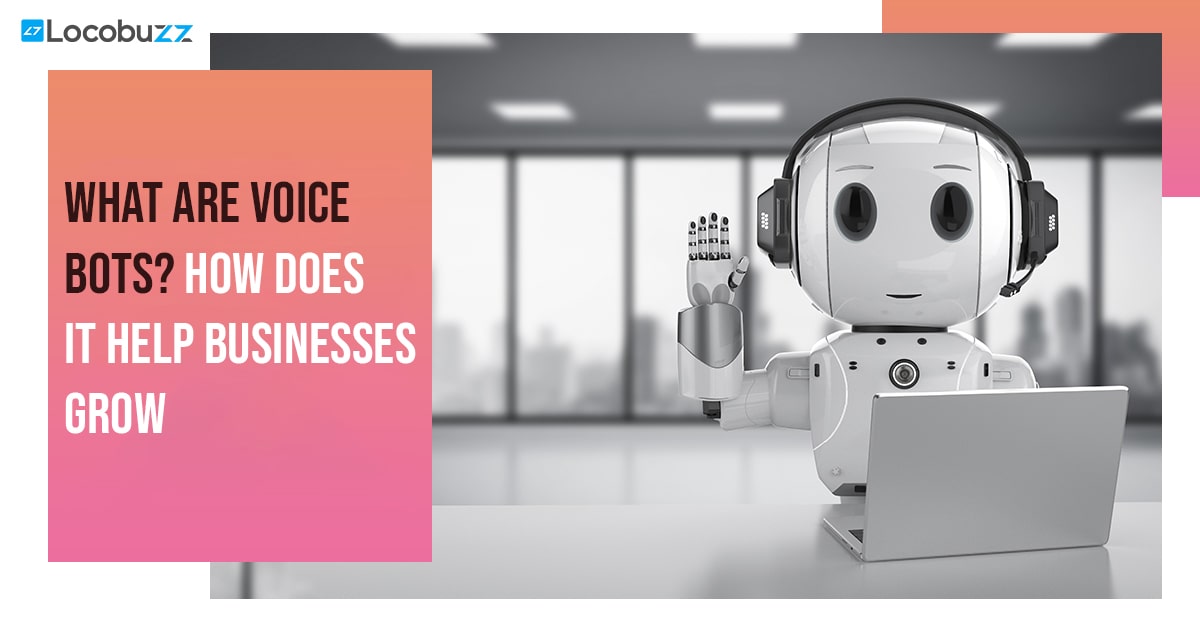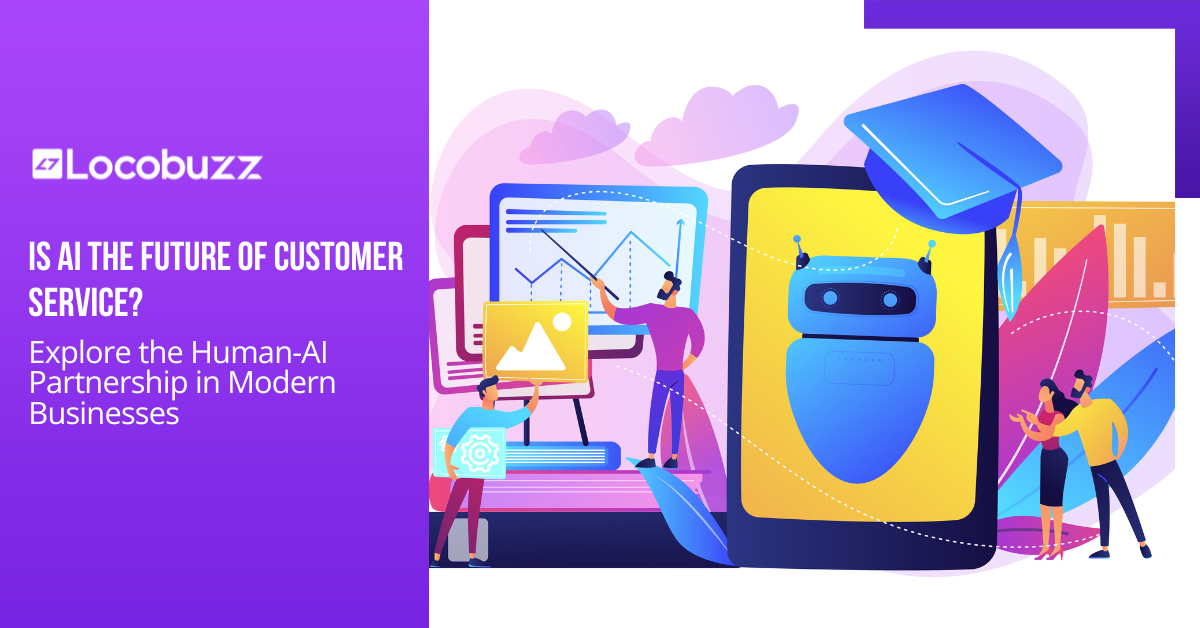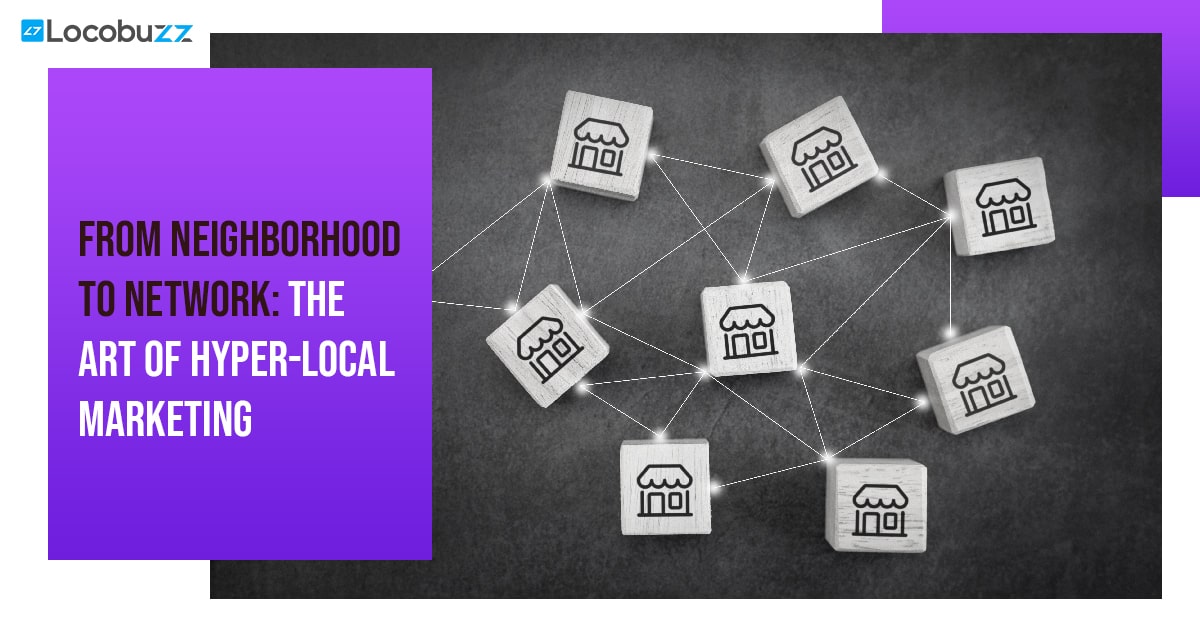What Are Voice Bots? How Does It Help Businesses Grow

Customers today don’t want to interact with a company or a company’s agent to resolve simple issues like altering their personal account information or cancelling an item. They favour utilising commercial chatbot setups or mobile applications for automated self-service solutions. However, they now want the ease of having someone answer their questions via voice commands, which voice bots provide.
As the developer of one of the most sophisticated voice bot solutions on the market, we want to shed some light on the rapidly growing popularity of voice bots in the corporate world.
Table of Contents
What is a voice bot?
A voice bot is a piece of contact centre software that uses Artificial Intelligence (AI) that can converse with incoming calls. Natural Language Processing (NLP) and Machine Learning (ML) capture, interpret, and evaluate a person’s vocal input and answer them by voice. It enables a caller to travel an IVR menu, explore self-service alternatives, and be easily transferred to live agents if necessary.
These conversational AI bots can comprehend human speech and intents without requiring users to issue predefined orders. Users can interact with the voice bot and ask inquiries while perusing your products and services, and they will get timely, contextualised, and pertinent answers.
How do voice bots work?
Voice bots might vary depending on their functions and level of involvement. But voice recognition technology generally operates on the principle that human language may be understood by encoding and decoding a spoken message.
AI-powered voice recognition bots may chat with the caller with a high success rate of up to 98% by understanding the speaker’s request using Natural Language and Voice Recognition in real-time without human intervention. It consistently provides more accurate responses by automatically enhancing its data and algorithms through Machine Learning. An AI-powered Voice bot follows this procedure before it responds to a customer’s question.
1. Automatic Speech Recognition
The system uses Voice Activity Detection to recognise a caller’s voice when they talk out loud. Speech recognition converts the caller’s voice into text. The automatic speech recognition engine enables voice transcription into text.
Learn More: 5 Types of Chatbots That Will Help Your Business Grow!
2. Natural Language Learning
3. Module for Conversations
4. Text-to-Speech Responding system
Text-to-Speech transforms written text into natural speech. It is a synthetic imitation of human speech produced by a computer using deep learning methods.
Learn More: The Top 7 Brand Messenger Bots (And Why They’re Awesome)
Why should voice bots strategy be a part of your customer service?
Offer immediate client service
By offering quick responses, voice bots enhance the client experience. They promise rapid and personalised encounters without a significant wait because they are simple to use and always available. Additionally, the client experience is improved by their high comprehension rate.
Study more: Transforming Customer Service Experience With Omnichannel Chatbot
Save on Service Fees
Increase your staff's output.
Voice bots do not serve as a substitute for human agents. Instead, they are an addition. Bots can complete routine, leisurely activities, freeing up your live agents’ time so they can work on more complex problems that require a human touch.
Learn More: Using Facebook and WhatsApp Chatbots to Improve Customer Experience
Expand your call centre as needed.
How Locobuzz's Voice bots Enhance Your Client Experience
Locobuzz’s Voice Bots, the only unified customer experience management (Unified-CXM), enable customer service firms to scale and manage fluctuating caseloads without incurring additional costs from recruiting more agents. Give your clients human-like help around-the-clock with premium features like:
- AI-powered, no-code bot models that make it simple to get started developing bot adventures with a drag-and-drop builder.
- AI-sourced customer data is used to retrain intent and ASR models, resulting in an accuracy of over 90%.
- Ability to construct voice bots in different worldwide languages on a case-by-case basis, introducing new languages with 85% accuracy in approximately 4-6 weeks.
- Using the text-to-speech tool, you may give your bot a voice of your choosing and teach it to sound like any favoured human voice.
- It used over 300+ hours of customer recordings to train custom intents to identify key voice-specific characteristics.
- Custom reports to track bot performance, including conversion rates, latency, and drop-out rates, so that you can spot potential development opportunities.
- Responses based on Dual-tone Multi-Frequency Signalling (DTMF) to properly collect and secure critical consumer data.
- IVR deflection to direct clients to self-service support, cutting down on high call volumes and enabling users to self-resolve issues on their preferred channels.
- AI-led intuition moderation categorises discussions that require human agent intervention automatically.

















